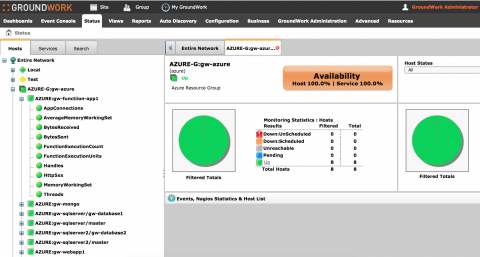Feature Spotlight: HTTP(S) Check
HTTP(S) checks are the most basic checks available on the Uptime platform, but they are by no means simplistic. Adding additional parameters provides important and useful statistics. Your basic HTTP(S) Check monitors a specific web or IP address, with optional parameters that provide additional functionality. It will likely be the first check you create, but the functionality of an HTTP(S) check allows for a variety of valuable escalation scenarios.











